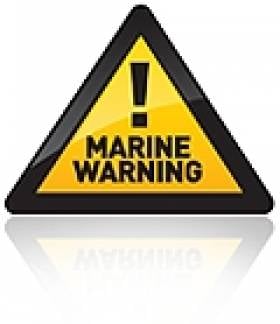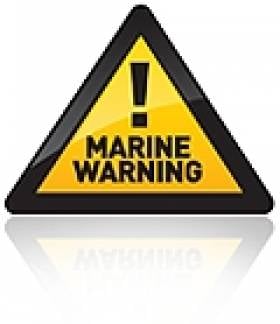Displaying items by tag: North Beach
Marine Notice: Rock Placement Offshore at Rush Beach
#MARINE NOTICE - The latest Marine Notice from the Department of Transport, Tourism and Sport (DTTAS) advises on rock placement operations offshore at North Beach in Rush, Co Dublin and in the Irish Sea.
Works commenced on 19 January to continue for around 14 days, subject to weather delays, undertaken by DPFPV Tideway Rollingstone (call sign PHYR) which is operating on a 24-hour basis.
The vessel is transmitting an AIS signal and will be keeping a listening watch on VHF Channel 16 at all times. It is also displaying appropriate day shapes and lights.
The works - which involve the deployment of survey ROV and fall pipe - will restrict the vessel's ability to manoeuvre, so all vessels in the vicinity (particular fishing boats) have been given warning to give the vessel and her equipment a wide berth.
Complete details including co-ordinates of work areas are included in Marine Notice No 4 of 2012, a PDF of which is available to read and download HERE.
Marine Notice: Hydrographic Survey in Irish Sea
#MARINE WARNING - The latest Marine Notice from the DTTAS advises all seafarers in the Irish Sea between north Dublin and north Wales to give a wide berth to the hydrographic and oceanographic survey operation in the area this week.
The SV Bibby Tethra (callsign 2EGF8) commenced survey operations yesterday (Monday 16 January) from offshore at North Beach in Rush to approximately 16 miles offshore north of Anglesey. The survey is scheduled for seven days, subject to weather delays.
The vessel will operate on a 24-hour basis, displaying appropriate day shapes and lights during survey operations, and will transmit an AIS signal. The vessel will be keeping a listening watch on VHF Channel 16 at all times during the operations.
Survey operations will involve towing survey equipment up to 100m astern of the vessel along pre-defined survey lines, which will restrict the vessel’s ability to manoeuvre.
Details of the survey area are included in a PDF of Marine Notice No 2 of 2012, which is available to read or download HERE.

























































